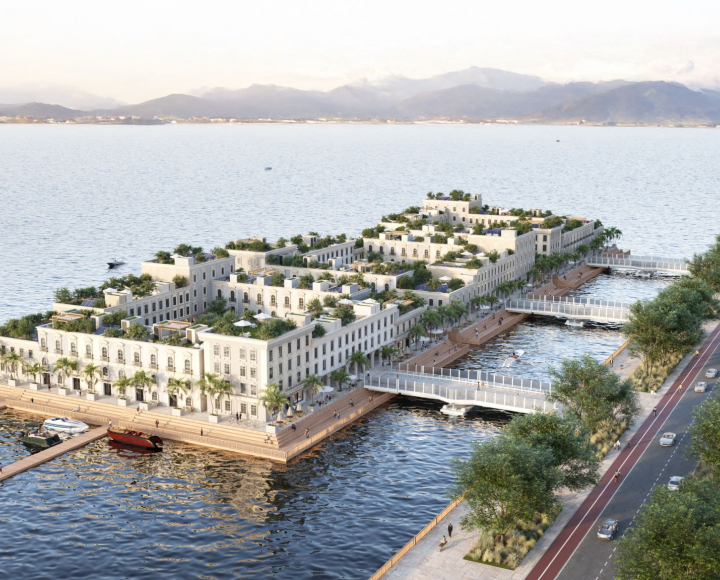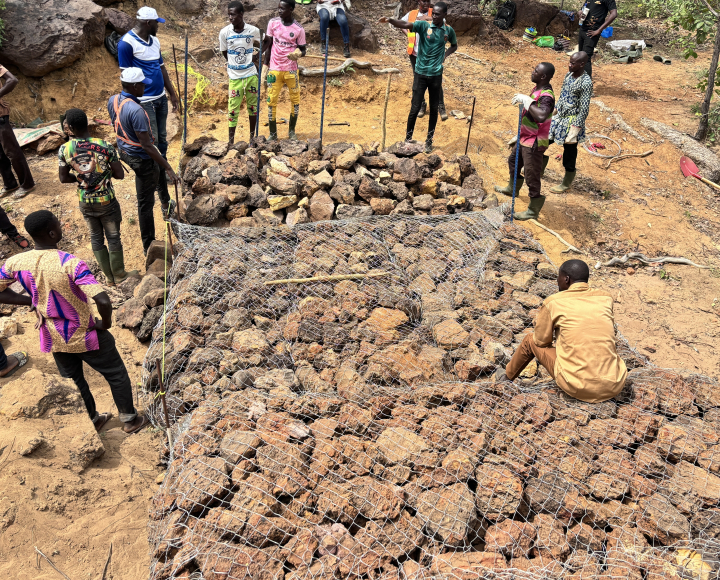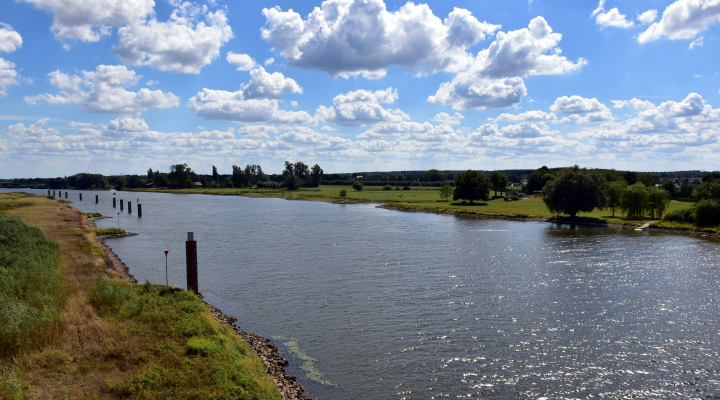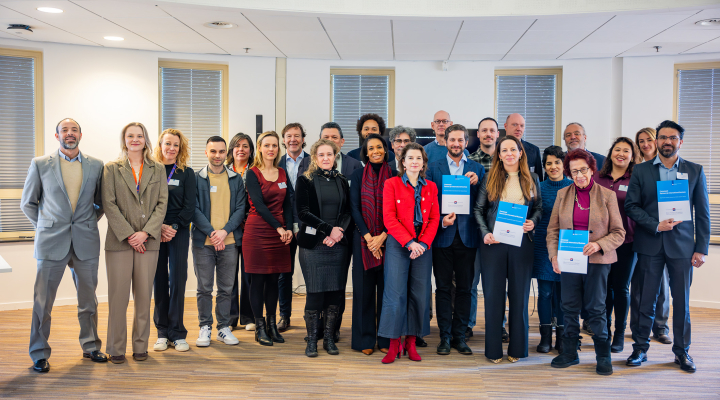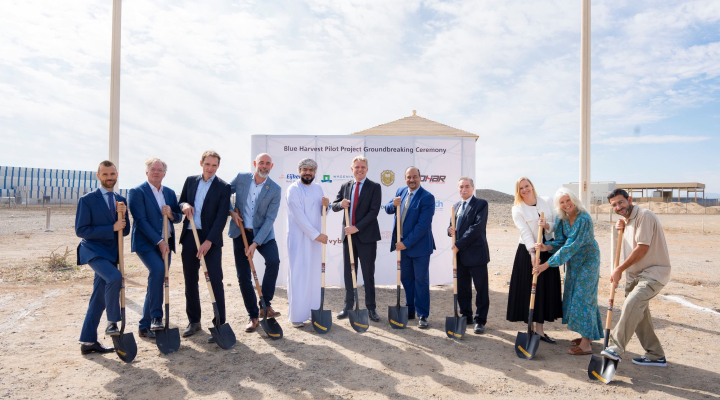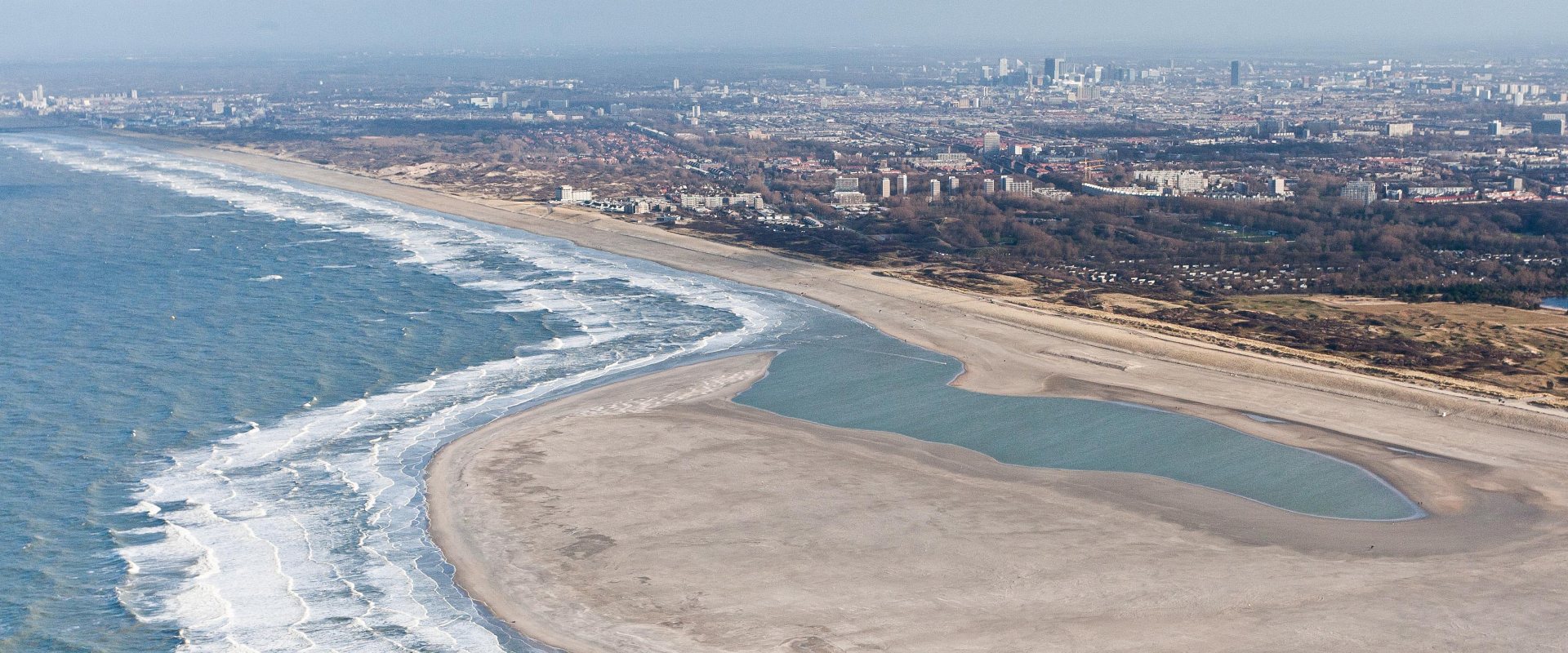
Building with Nature
Nature offers a ton of inspiration when it comes to finding solutions for water challenges. This is not new, we have worked together with nature since the beginning of mankind. But in our modern day and age, we seem to have taken nature for granted or even have turned against it. In the Netherlands, Building with Nature has become an important approach to secure water safety.
Building with Nature is an approach for the realisation of nature-based solutions by embedding natural processes in hydraulic engineering while taking the natural, social, and economic systems into account. The Building with Nature approach can help to scale up the implementation of nature-based solutions; steps to manage and restore ecosystems by tackling social and environmental challenges simultaneously. The guiding principle is to work with nature, not against it.
Shift in thinking
Half the world’s population lives in deltas, and that is expected to rise to 70 percent by 2050. Delta regions may be considered some of the wealthiest places in the world; they are hubs of innovation, biodiversity, industrial and agricultural productivity, and home to some of the world's fastest growing cities. However, the urbanisation of deltas comes with challenges such as land subsidence, sand mining, biodiversity loss, the depletion of aquifers and the loss of natural processes.
A shift in thinking is required to face these challenges. Recognition is growing that social, economic, and environmental dynamics are fundamentally interlinked, as are development and growth opportunities.
In densely populated coastal areas, safety often depends on dikes and dams. These traditional defences are mainly mono-functional. By contrast, Building with Nature designs combine flood risk management with other useful functions, delivering added benefits such as room for leisure, biodiversity and improved water quality. Which is better for society and the economy. This multi-functionality brings in multiple stakeholders for the successful design, implementation, management and monitoring of Building with Nature solutions.
Building with Nature philosophy
Building with Nature is a design approach that adopts the natural system as the basic premise. Designs that follow the Building with Nature philosophy provide resilient solutions that reduce the impact of climate change and harnesses the forces of nature to benefit environment, economy and society. The approach results in resilient, multi-functional, innovative designs tailored to the local context.
Building with Nature harnesses natural dynamics, with ecosystems and natural processes as part of the solution. Designers use natural processes like currents and wind, and natural materials such as vegetation, sand, and mud. They introduce flexibility to the design, making Building with Nature solutions adaptable to changing conditions such as rising sea levels.
There are no standard designs for Building with Nature. Every situation is different. Designs need to be based on the local ecosystem and the needs of stakeholders. Interaction with these stakeholders, including local communities, is key to the successful implementation and optimisation of every Building with Nature solution.
Some examples in the Netherlands
Natural processes are often resilient and prove to have advantages above civil engineering interventions. In the Netherlands, being a rather small densely populated delta country, our water safety measures have had a direct impact on nature. Rather than fighting against it, we have embraced these natural processes.
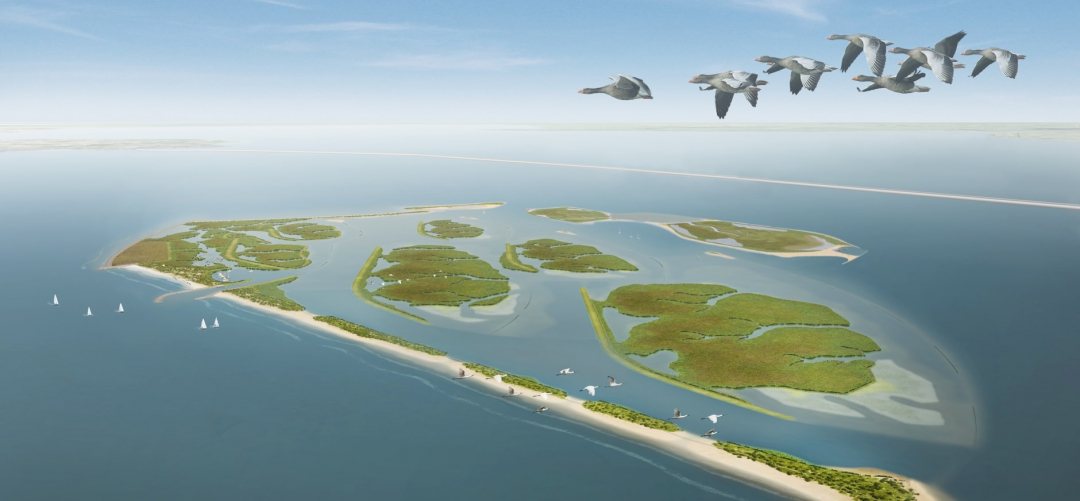

Marker Wadden
The Marker Wadden restoration project will restore Lake Marken, one of the largest freshwater lakes in Europe by constructing islands, marshes and mud flats from the sediments that have accumulated in the lake in recent decades. With the restoration of up to 100 square kilometres of lake, the Marker Wadden archipelago of islands will provide a wide range of valuable habitats and solve the problem of siltation by changing water dynamics. By improving water quality, this will also help to regenerate ecological productivity, benefiting many species of birds, fish and marcofauna. It will also benefit recreational activities on the lake.
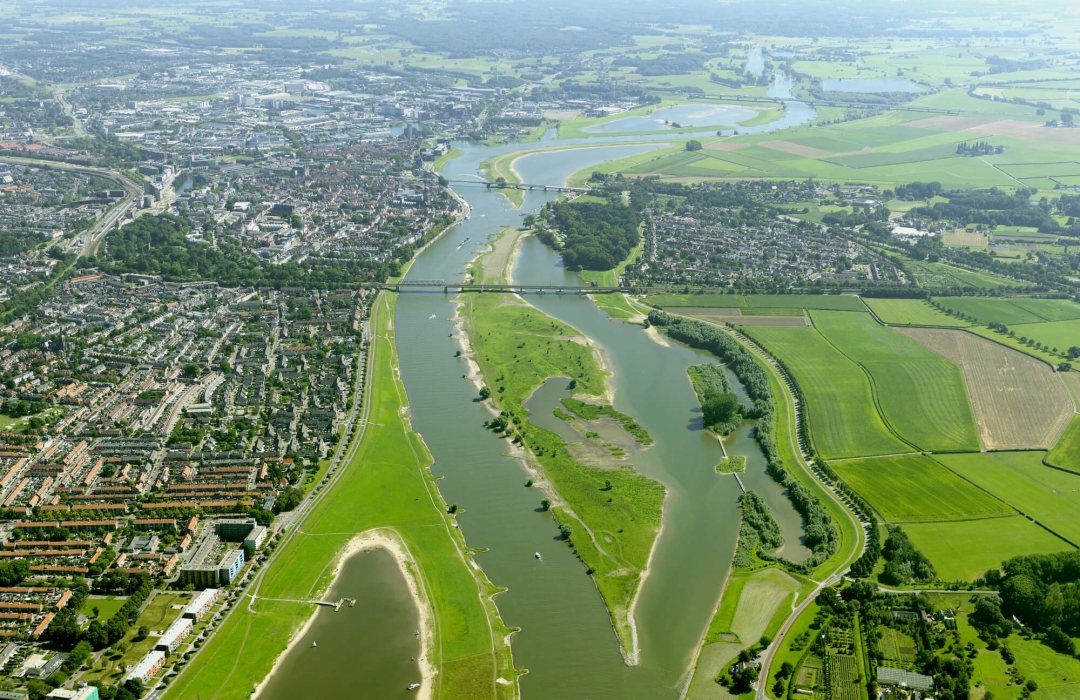

Room for the River
In 2007 the Dutch Government started with the development of the Room for the River programme. Main goal was to manage higher water levels in rivers by lowering the levels of flood plains, creating water buffers, relocating levees, increasing the depth of side channels, and the construction of flood bypasses. The programme consisted of over 30 projects that were completed at the end of 2018.
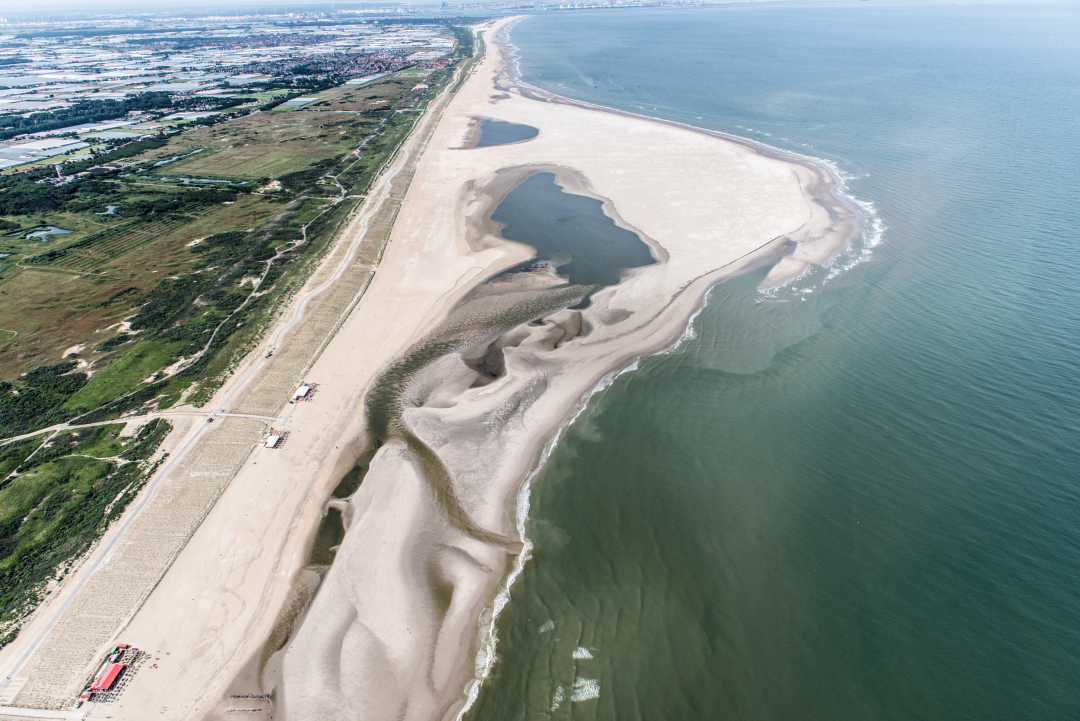

Sand motor
Large parts of the Dutch coast are eroding. To safeguard hinterland, the coast needs frequent nourishment, usually once every 5 years. In the Sand Motor Pilot project, a concentrated mega-nourishment was constructed in the form of a hook-shaped peninsula. Natural forces such as waves, wind and tide, will transport the sand to the right place, making sand replenishment unnecessary for the next 20 years. By making use of natural processes to redistribute the sand, this innovative approach aims to limit the disturbance of local ecosystems, while also providing news areas for nature and more types of recreation.




